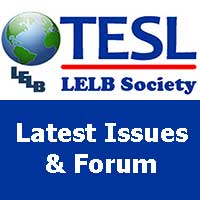Criterion-referenced Testing
Criterion-referenced Testing
Also known as ‘domain-referenced tests’
They are devised before the instruction itself is designed. The test must match teaching objectives perfectly, so that any tendency of the teacher to “teach to the test” would be permissible in that attaining objectives would thereby be assured. A criterion or ‘cut-off’ score is set in advance, and those who do not meet the criterion are required to repeat the course (Henning, 1987)((Henning, G. (1987). A guide to language testing: Development, evaluation, research. Massachusetts: Newbury House Publisher.)).
Students are not evaluated by comparison with the achievement of other students, but instead their achievement is measured with respect to the degree of their learning or mastery of the prespecified content domain.
These tests are used with small and/or unique groups for whom ‘norms’ are not available. For the same reason, students’ test anxiety is believed to be reduced with this type of test.
Scores are not referred to a norm, so students typically are unable to compare their performance with that of other students in the population of interest. Bright students, who easily attain the criterion level of mastery, may not be encouraged to reach higher standards of excellence (Henning, 1987)((Henning, G. (1987). A guide to language testing: Development, evaluation, research. Massachusetts: Newbury House Publisher.)).


